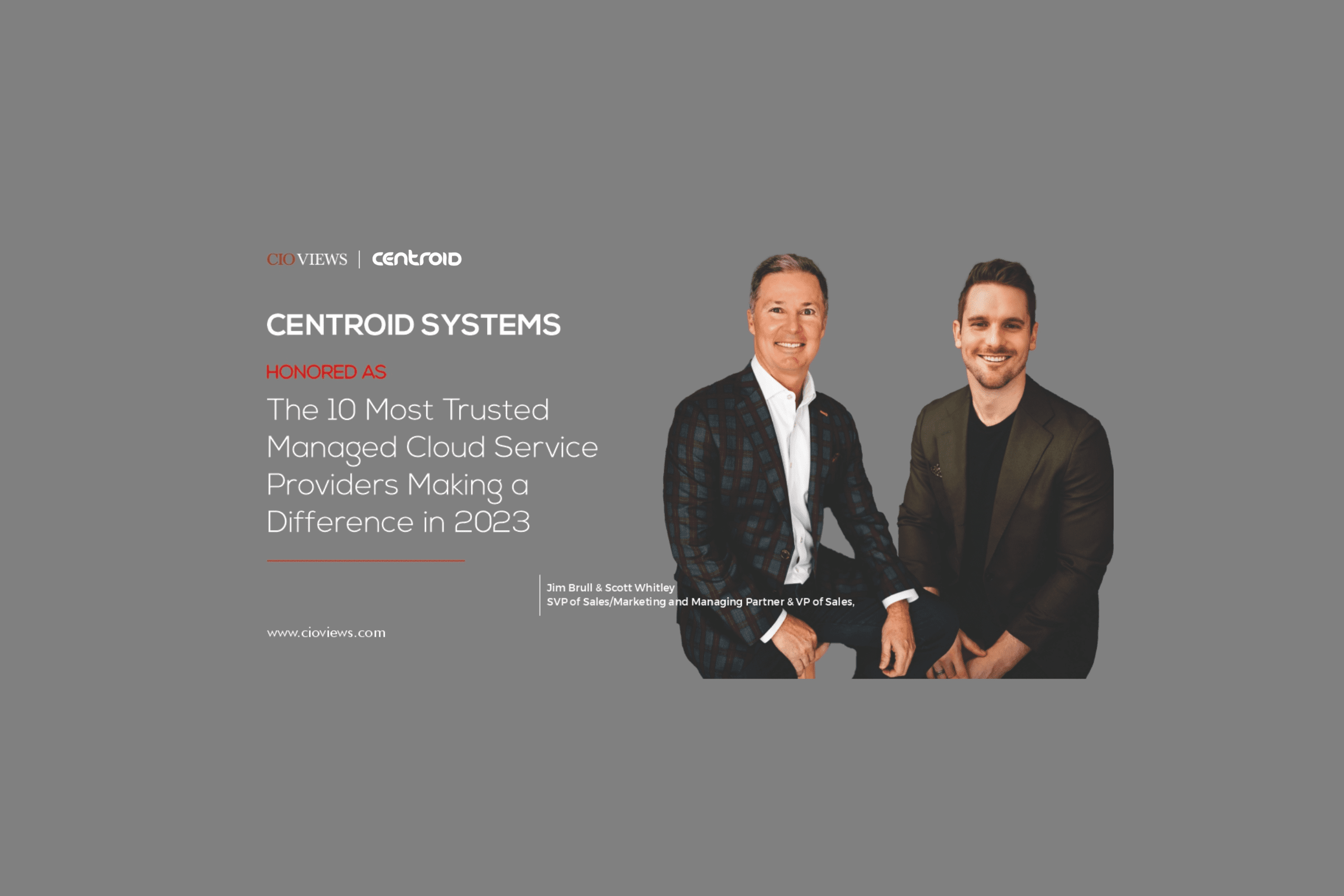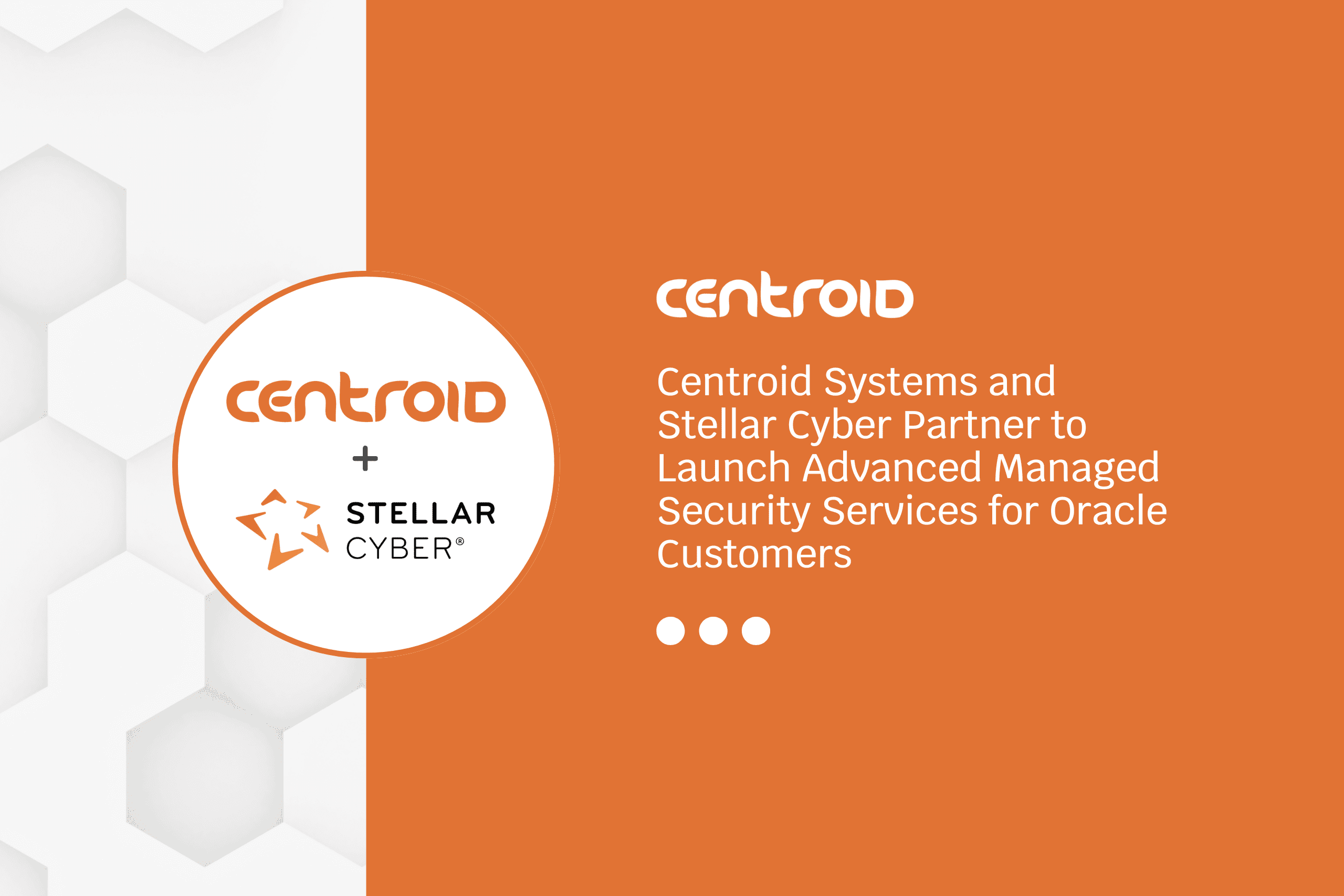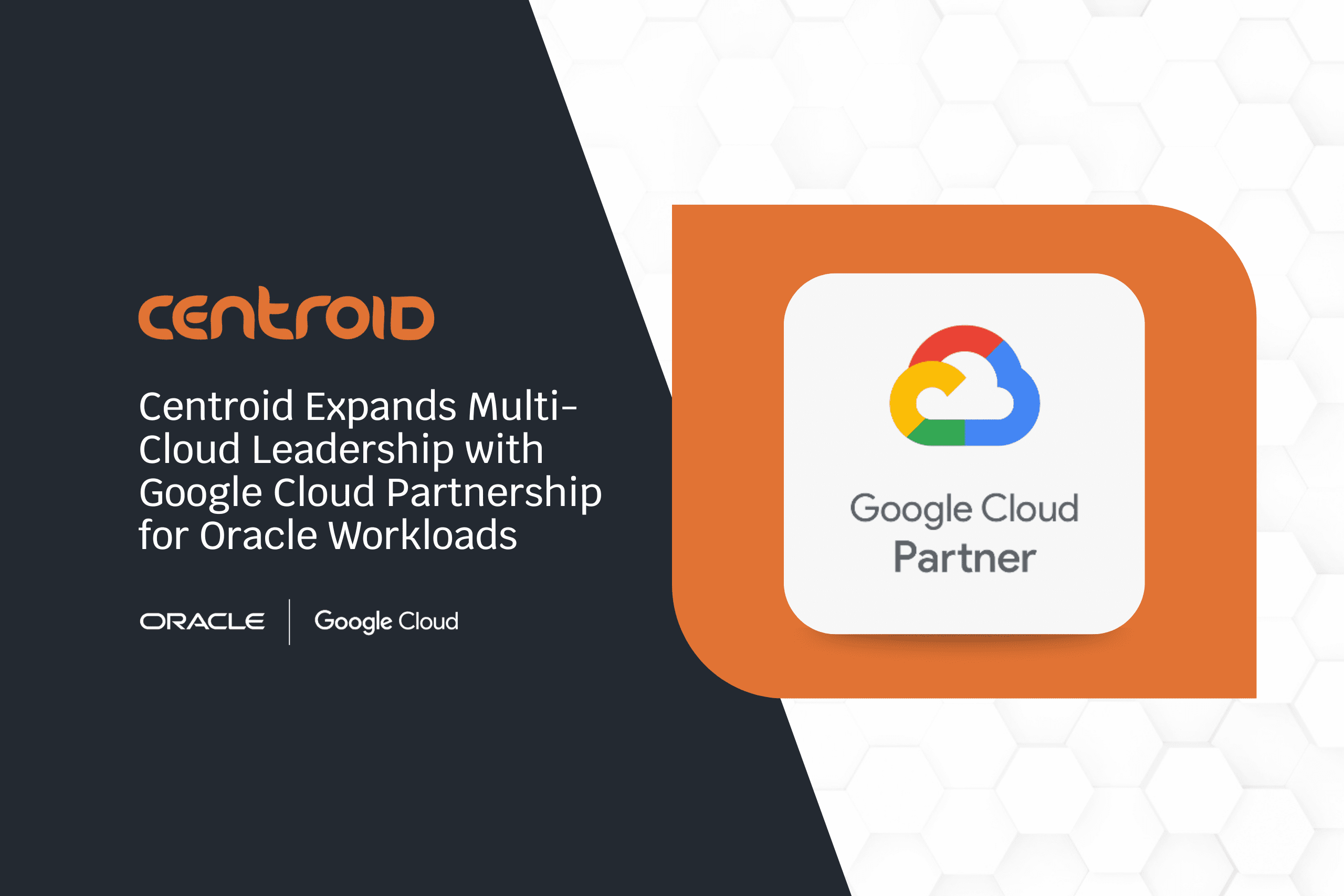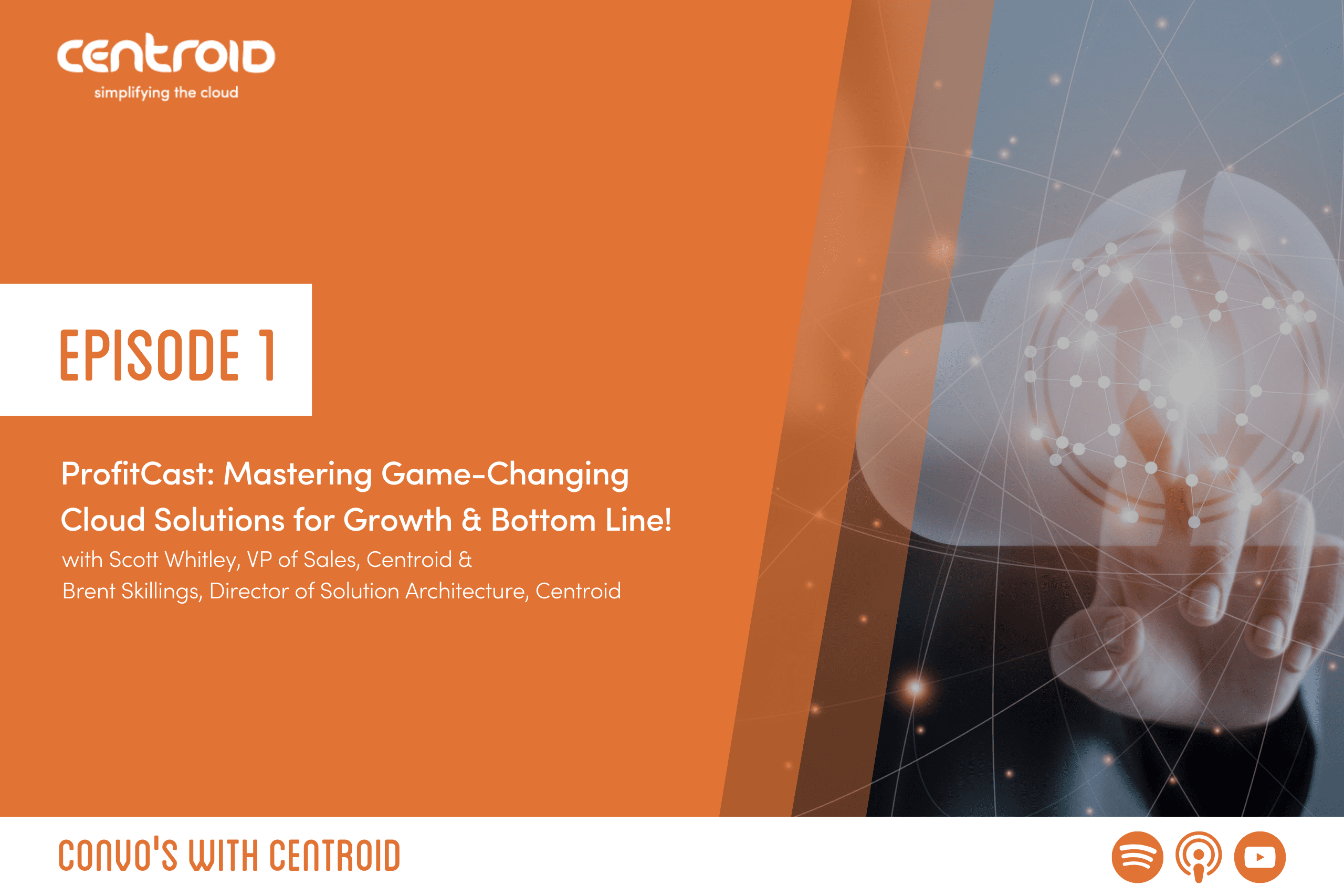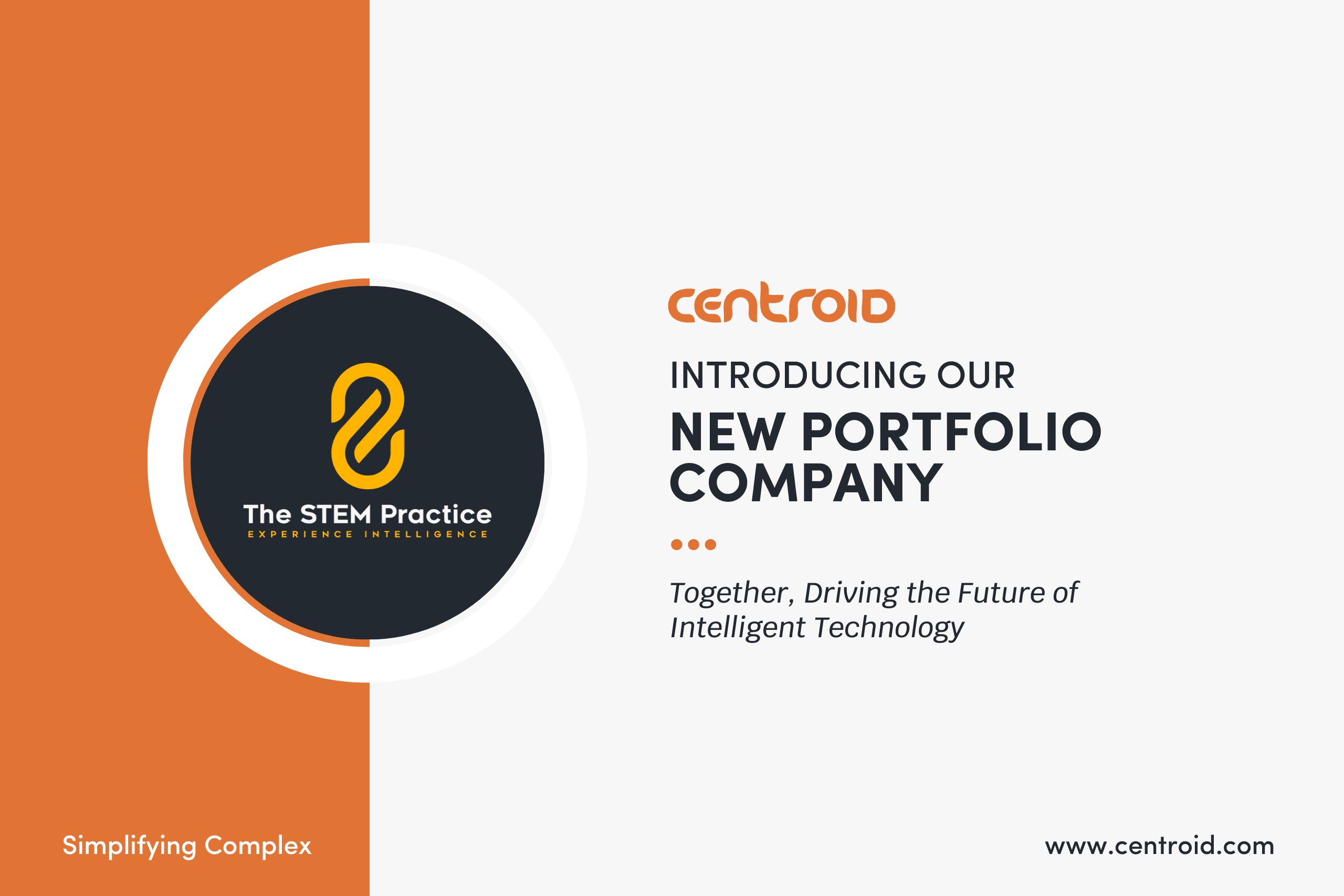by Kelly Wilkinson – Associate Partner
Organizations running Oracle eBusiness Suite 12.2 currently enjoy the benefits of a customizable, stable, Tier 1 ERP. Oracle maintains its commitment to support EBS through at least 2034 at the time of this post. Despite the stability and extensibility of the software, it is hard to ignore that it is not the focus of Oracle’s current development dollars. That budget is primarily focused on Cloud applications, such as Fusion and as a result Oracle EBS may seem dated and a throwback to the technology of the late 1990s, early millennium period.
That being said, Oracle continues to invest in EBS 12.2 improvements with each release. However, most of the investments in the core software are incremental and based on enhancement requests (now Ideas) submitted over many years.
What can an organization which is committed to Oracle EBS do in the near term if it wants to provide additional value to its business users?
Oracle has provided an interesting answer in the form of the Enterprise Command Center (ECC). Based on its purchase of Endeca in 2011, ECC provides users with a new way to interact with EBS to get their most common daily activities accomplished. There is a wealth of information available from Oracle about ECC, and we will not attempt to repeat information already publicly available. The purpose of this post is to share Centroid’s real-world experience of using and positioning ECC with clients, and our point of view along with recommendations.
Centroid’s POV on how ECC can be evaluated by EBS-based organizations is as follows:
-
- ECC can be a relatively low-effort way to provide business benefits to users while staying on EBS for the medium term
- It is best thought of as a user efficiency tool, which changes the way users find and interact with data in EBS; it is not an analytical tool that can perform multidimensional analysis.
- It fits in with, but does not replace a client’s operational reporting tool portfolio; it can replace some operational reports generated out of EBS
- Installation requires sufficient time to resolve some remaining bugs
- Investing in extending ECC does require skillsets that may not be present in the organization today, and should be aligned with the organization’s strategic application architecture direction
- While free from a software standpoint, there is infrastructure required and effort needed to install, roll out to users, maintain, and extend the product.
Installing Oracle ECC
While Oracle does allow for the installation of the ECC framework on the EBS server itself, this is ultimately only appropriate for non-production R&D use cases, where EBS performance impacts won’t be an issue. For production use, it is strongly recommended to install the ECC Framework on a dedicated VM separate from the EBS server.
Installing ECC can be straightforward when following the installation guide. However, Centroid has repeatedly experienced software bugs requiring SRs to be opened to resolve. Budget sufficient time to anticipate roadblocks that need to be resolved via Service Requests. You can pre-search for ECC bugs on My Oracle Support to develop a list of known bugs and deploy the fixes up front.
Organizations should carefully consider which product groups to enable before starting to ensure that the researched bugs are relevant to their specific products.
Finally, DBAs should perform the data loads before handing ECC over to the functional teams for deployment and testing. This ensures that the functional teams have a set of dashboards populated with data, ready for testing.
Oracle’s MOS Document 2495053.1 provides all of the details needed for installation and is the best tool for guiding the installation process.
Real-World Use Cases for Oracle ECC
Using out-of-the-box dashboards, the following use cases offer the quickest opportunity for an organization to deliver efficiency gains to users using Enterprise Command Center Dashboards within Financials, Order Management, and Procurement:
-
- Quickly Identify past due AR invoices that require collections calls. (Alternative to Aging Report)
- Group similar items from requisitions into a single purchase order
- Quickly identify sales order holds which are preventing booking, and release holds
- Quickly find unvalidated AP events prior to month-end close
- Quickly find past due AP invoices by the supplier (alternative to Aging Report)
- Create an “Amazon-like” shopping experience in iProcurement
- Find On Hold AP Invoices
- Find Discounts available in the next 7 days to plan payments
- Analyze return reasons and view return trends
- Review off-contract indirect procurement spend
- View Procurement History by supplier
- Analyze procurement spend by item
These use cases can be supported using out-of-the-box dashboards and are a great way to introduce ECC to the organization before committing to deeper investments. Most can be incorporated into existing business processes and may offer a way to replace some existing operational reports, while providing an enhanced user experience to users. ECC works hierarchically, allowing users to quickly view aggregated signals and then drill down to the specific transactions that require review or action.
Using the engine provided by Endeca, users can quickly filter for specific data with results displayed in real-time. This offers a significant improvement over a static operational report, which requires changing parameters and repeated runs to get to the desired data.
Importantly, ECC allows users to click on the resulting data, and forms can be launched (both OAF and Java) to act on a transaction. This replaces the need to copy the search results from an operational report into a form, and then execute a separate search. Over the course of a workweek, this can save significant time for users.
Sample ECC Dashboard: Open Receivables
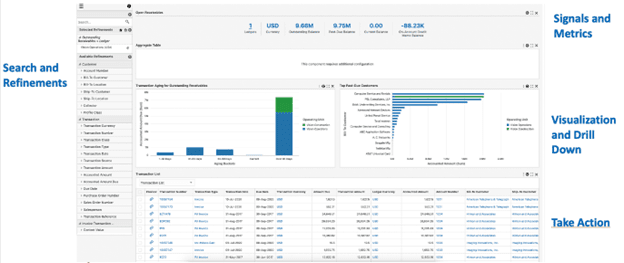
Sample ECC Dashboard: Project Costing
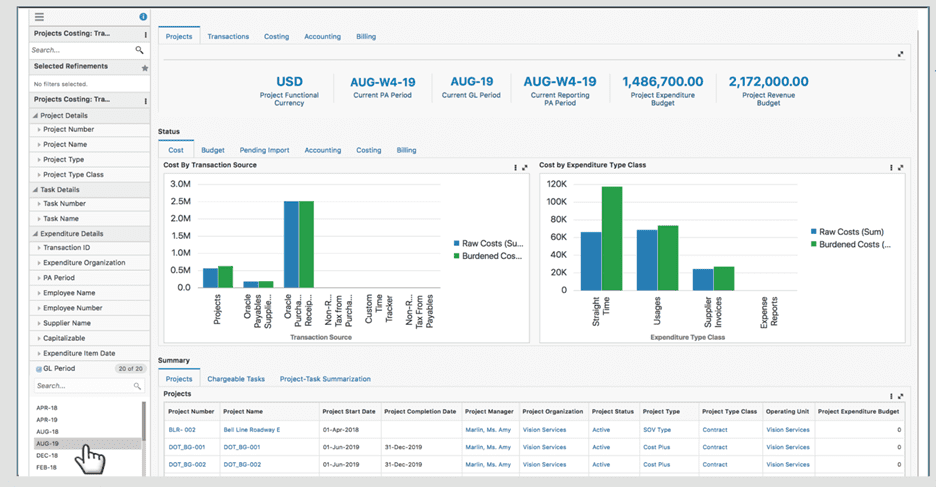
Extending Oracle ECC
Once an organization has demonstrated value with the out-of-the-box dashboards, there will likely be requests to measure activities that aren’t included in these offerings. The use of extensions and custom applications may also limit the utility of the standard dashboards. Extending an existing dashboard is significantly less time-consuming than creating a brand-new one.
Centroid’s experience with extending ECC offers the following advice for organizations considering leveraging ECC beyond the out-of-the-box dashboards:
-
- A strong internal team or partner is essential due to the specialized skills required for ECC. IT teams must not only understand how the ECC Framework works but also have advanced PL/SQL skills, including expertise in dynamic SQL.
- Familiarize yourself with the incremental data loads; these become a significant part of the extension process, as data must always be transferred from EBS to ECC Framework via the data load process.
- Creating a new dashboard is more like standing up a new custom application than creating a new report. Building data sets, how to extract them, and how this will be presented are all important design considerations. New data extraction is more involved than many organizations may expect.
Oracle has provided examples in the following links:
ECC Key Takeaways
Oracle’s Enterprise Command Centers provide EBS shops with an opportunity to deliver additional value to users over the coming years. However, investing in ECC does require careful planning and pilots with small user groups using out-of-the-box dashboards. If these pilots are successful, organizations can deploy more dashboards and even extend ECC.
Reach out to our experts within Centroid to discuss our POV on ECC, and we can assist your journey.












